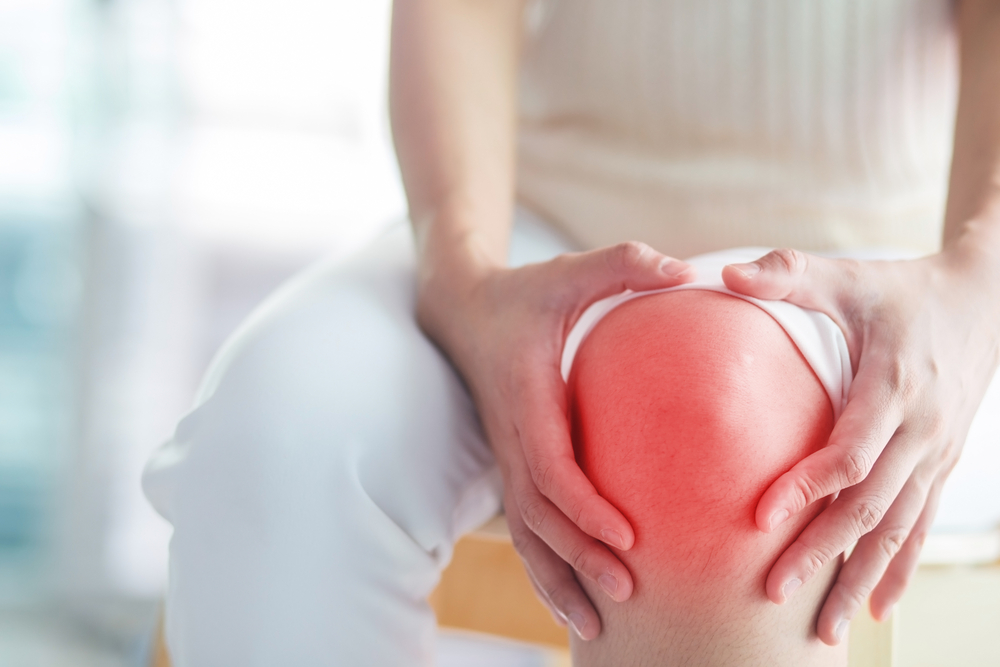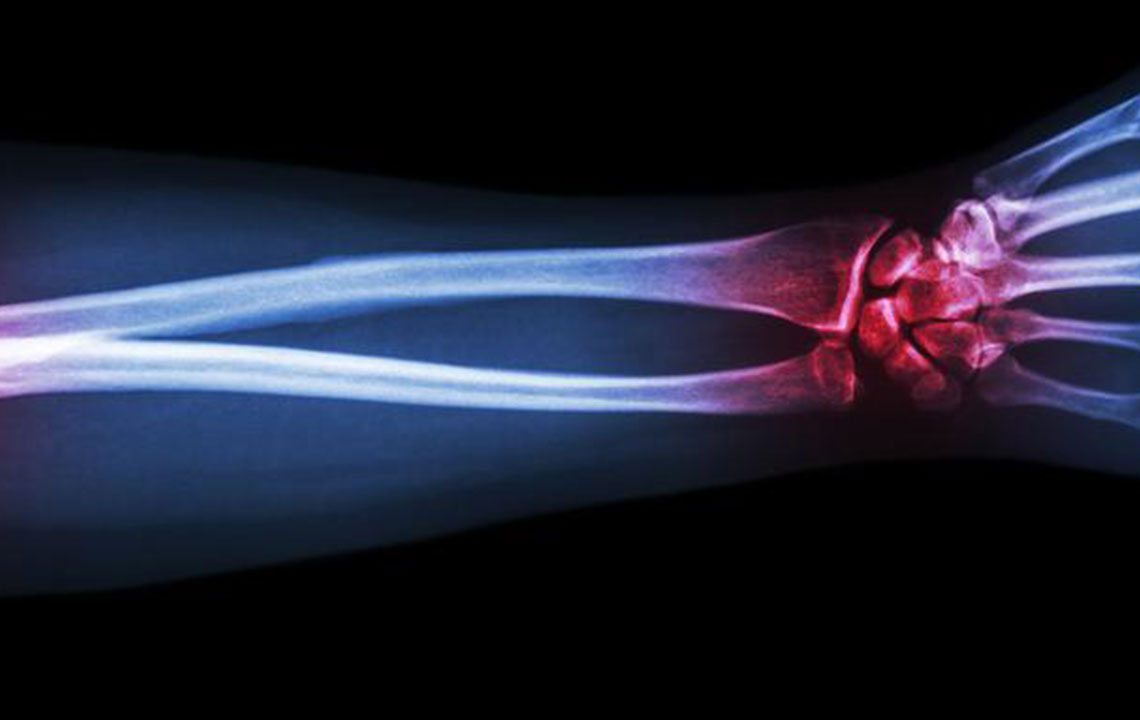Understanding and Managing Arthritis Discomfort
This article offers a detailed overview of arthritis pain, including symptoms, causes, types, and treatments. It covers how joint inflammation affects daily life and practical strategies for relief. Whether dealing with knee pain or chronic discomfort, readers will find useful insights on managing arthritis through lifestyle changes and topical medications for better mobility and comfort.

Understanding and Managing Arthritis Discomfort
Comprehensive guide to arthritis discomfort
Arthritis encompasses a group of conditions characterized by joint inflammation that leads to pain and stiffness. Most affected areas include joints such as the wrists, hips, knees, and fingers, though some types can also impact other connective tissues, including the skin.
Signs of knee arthritis pain
Arthritis in the knees may develop gradually or suddenly.
Initial symptoms often include morning stiffness or pain after periods of inactivity.
Walking, climbing stairs, standing up, or bending can become painful.
Flare-ups may occur from joint inflammation, swelling, or bone spurs.
Over time, muscle weakness around the joint can cause instability.
Joint stiffness and locking may prevent full movement.
Activities like walking may cause sharp sensations in the knees.
Sometimes, popping or cracking sounds occur during movement.
Ongoing pain can hinder routine motions, making daily tasks difficult.
Causes of arthritis
The origins of arthritis vary across types; no single cause exists.
Previous joint injuries can accelerate degenerative changes.
Issues like abnormal metabolism cause gout and pseudogout, leading to joint problems.
Genetics play a role, as osteoarthritis often runs in families.
Infections such as Lyme disease can also trigger joint inflammation.
Immune system dysfunction, seen in rheumatoid arthritis and lupus, causes joint damage.
Types of arthritis pain
Acute pain appears suddenly due to injury or inflammation and is a warning sign.
It can be brief or persistent, resembling a throbbing toothache until treated.
Sometimes, flare-ups reoccur after periods of relief.
Acute pain is typically sharp or stabbing but can be mild.
Unmanaged, it may develop into chronic discomfort lasting months or years.
Chronic arthritis pain persists over time, reducing mobility.
It often appears alongside nerve pain, headaches, or back issues.
Persistent pain may become a condition of its own, as seen in fibromyalgia and other syndromes.
Topical treatments for arthritis pain
Medications like lidocaine or prilocaine creams and patches deliver nerve-calming effects directly to the skin.
These sodium channel blockers diminish nerve sensitivity near the surface.
NSAID gels and patches target joint inflammation and pain locally.
Such topical agents are effective against nerve-related and inflammatory pain.
How pain transmits in the body
Injury or inflammation causes tissues to release chemicals that activate nearby nerves.
These signals travel via the spinal cord to the brain.
The brain interprets the message and signals muscles to react accordingly.
Managing arthritis pain involves lifestyle adjustments and proper medical care, offering relief and improved quality of life.










